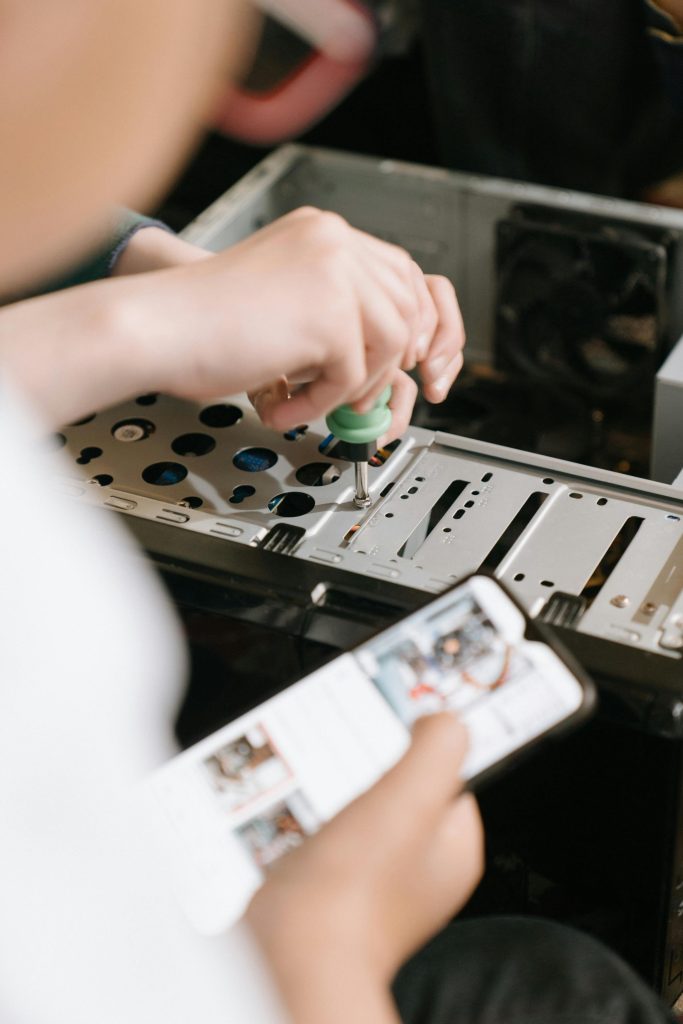Troubleshooting Guide: Why Your PC Won’t Boot Despite Flashing Lights
Have you ever encountered a situation where your computer appears to be powered on—lights flashing energetically—yet refuses to start up? This common issue can be both perplexing and frustrating. In this article, we’ll explore potential reasons for this behavior and provide some practical troubleshooting steps.
Understanding the Symptoms
When you press the power button and notice the lights illuminate, it may seem like your PC is functioning normally at first glance. However, if the screen remains black and no further boot progress occurs, it indicates that something is amiss. This phenomenon can stem from various factors, including hardware malfunctions, connectivity issues, or settings misconfigurations.
Common Causes
-
Power Supply Issues: Even if the lights are flashing, a malfunctioning power supply may not deliver adequate power to all components.
-
RAM Problems: Incorrectly seated or failing RAM modules can prevent your system from completing the boot process.
-
Motherboard Faults: The motherboard plays a crucial role in the boot sequence. Any issues here could halt the startup.
-
Peripheral Conflicts: Sometimes, external devices that are connected to your computer can interfere with the booting process.
-
Corrupted Operating System: If the operating system files are damaged, your computer may not be able to initiate successfully.
Steps to Diagnose and Resolve the Issue
-
Check Connections: Ensure all power cables and peripheral connections are secure. Detach any unnecessary devices, such as external hard drives or USB peripherals, and attempt to boot again.
-
Inspect Hardware Components: Open your case and gently reseat the RAM, graphics card, and other components to ensure they are properly connected.
-
Power Supply Test: If you have access to a multimeter or another power supply, test or replace the power supply unit to rule out power delivery issues.
-
Consult the Manual: Refer to your motherboard’s manual for specific troubleshooting steps or error code meanings, often indicated by LED lights or beep codes.
-
Seek Professional Help: If the above steps do not yield results, it may be time to consult a professional technician or reach out to tech forums for further assistance.
Conclusion
Experiencing a non-booting PC can be frustrating, but with some basic troubleshooting, you may restore your system to operational status. If you’ve encountered
Share this content:




Dear User,
Based on the issues described in your post where the lights on your PC are flashing but the system does not boot, here are some detailed troubleshooting tips that might help you resolve the problem: